Liquefaction
Riverside School – San Pablo, CA
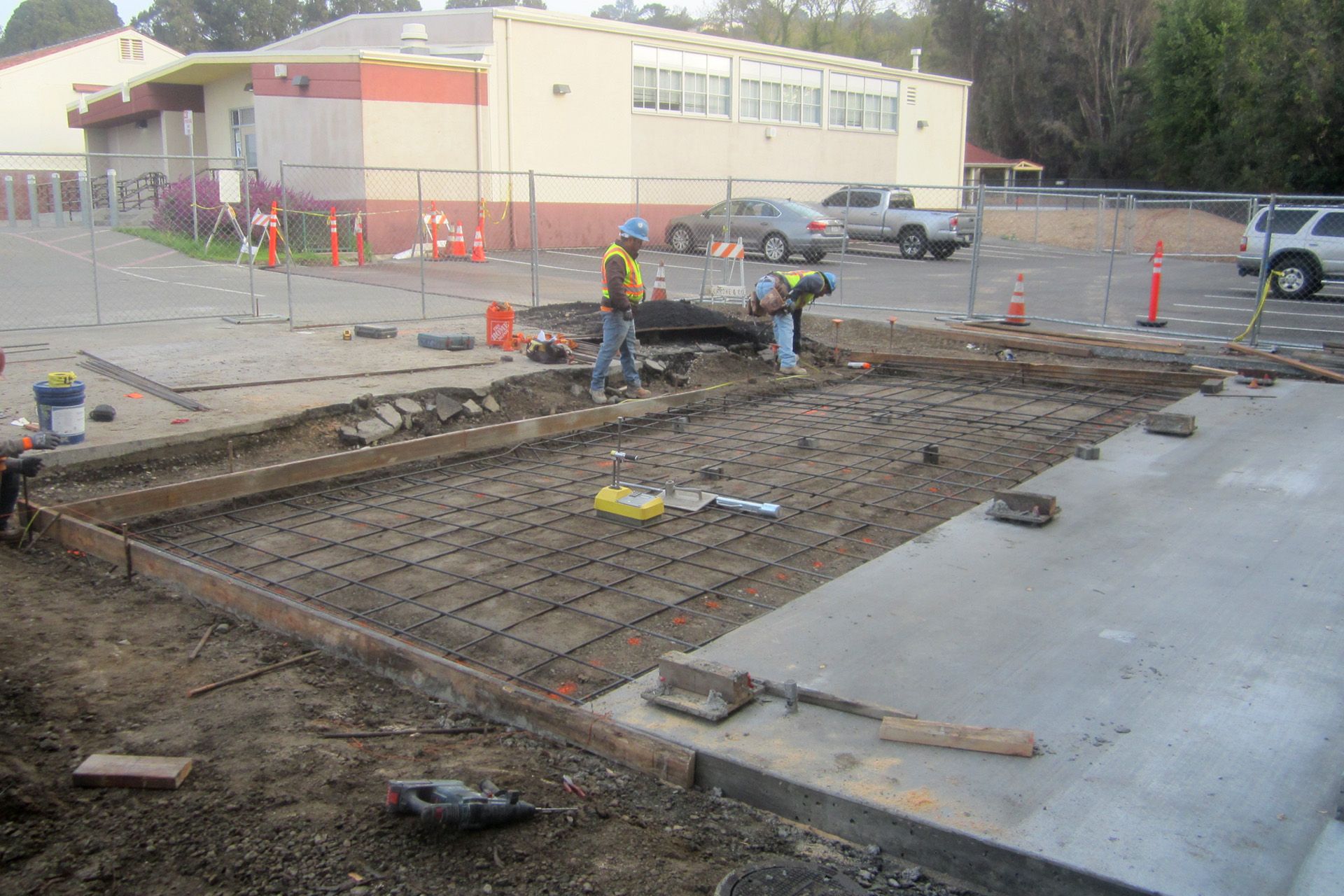
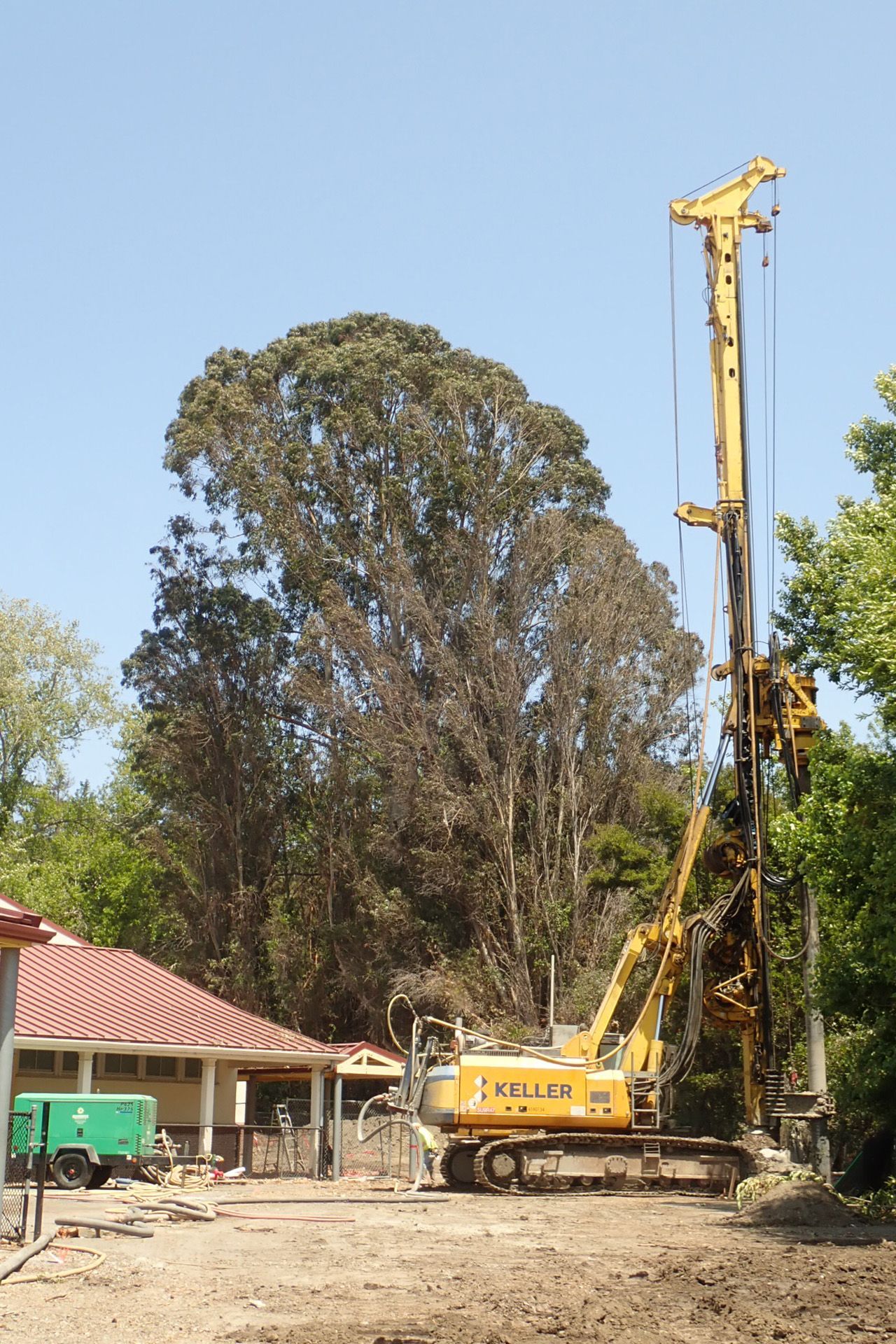
Geotechnical/Geologic Hazard Study
Liquefaction Study
AKA was engaged by the West Contra Costa County Unified School District to perform a geotechnical and geologic hazards study of the Riverside Elementary School in San Pablo. The investigation included detailed subsurface exploration using conventional borings and cone penetration tests, specialized laboratory testing, a site-specific seismic analysis of the site, and a detailed liquefaction assessment. It was concluded that a high risk of serious lateral spreading that could damage three school buildings. AKA established criteria for the development and implementation of a Lateral Restraint program to provide protection of the buildings. AKA performed a high-level review process of the submittal and ultimate construction by a noted specialty contractor.
High Technical Facility - West Mexico
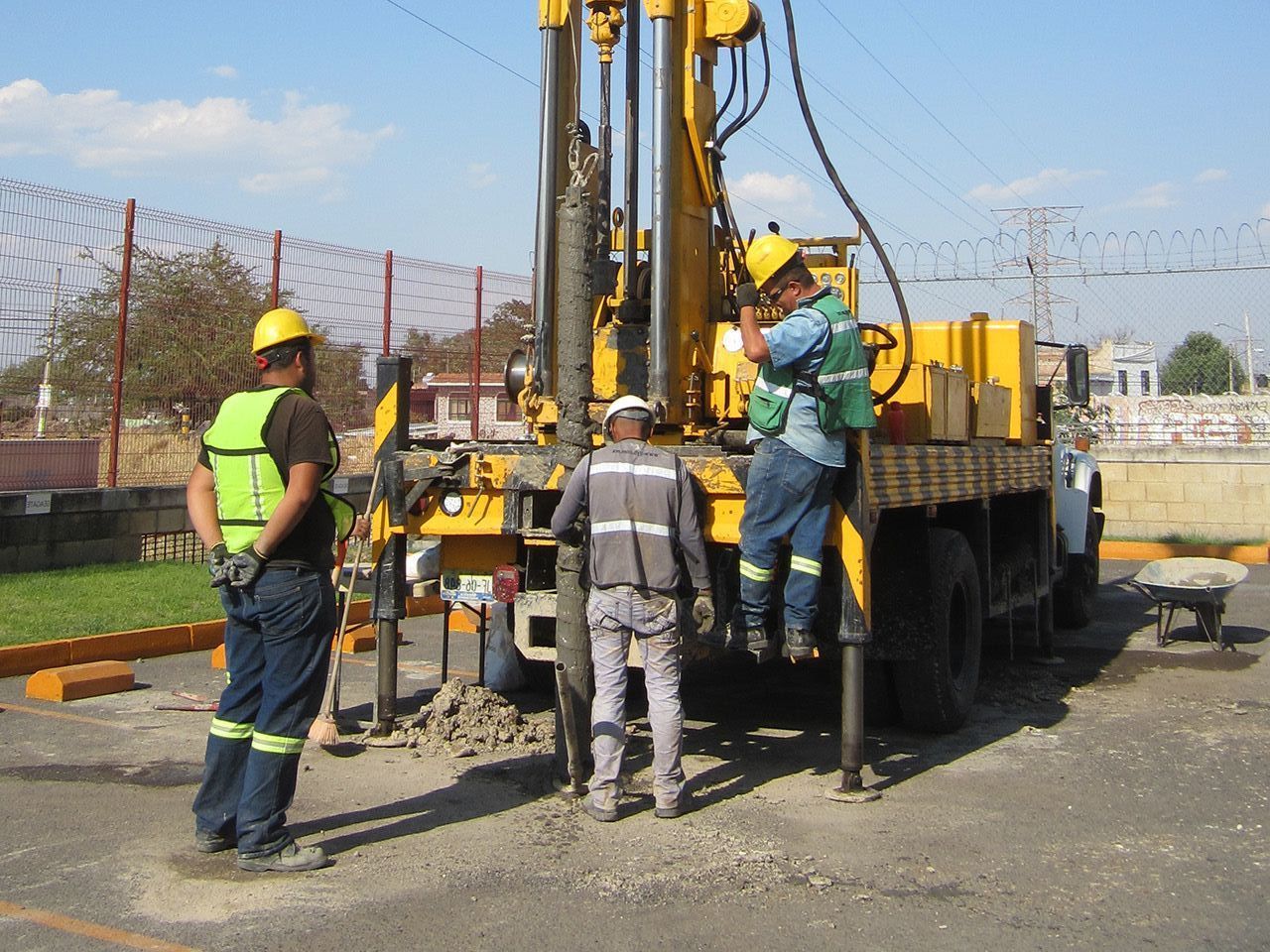
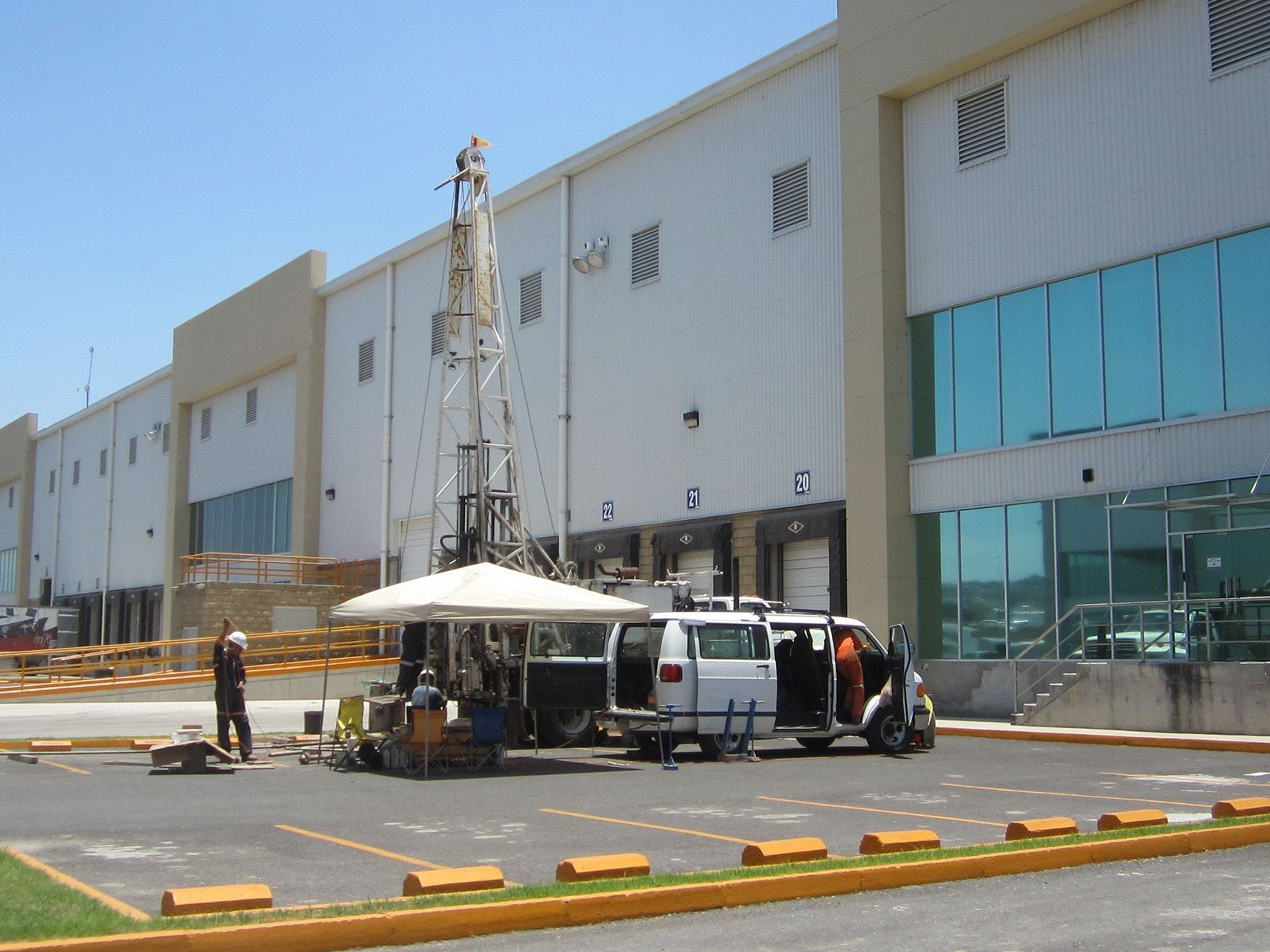
Liquefaction and Lateral Spread Evaluation
AKA conducted a geotechnical investigation to evaluate the potential for earthquake-induced liquefaction and lateral spreading of a high-tech facility in West Mexico. AKA lead the subsurface investigation and teamed up with two local firms that performed the drilling of several borings and advancement of Cone Penetration Tests (CPTs). The existing facility is located within the Trans-Mexican Volcanic Belt, which crosses the country from the Pacific Ocean to the Gulf of Mexico and is well known to be a volcanically and seismically active zone. The analysis of the data obtained from the borings, laboratory testing, and CPTs revealed the underlying soils at the site were susceptible to liquefaction. Our study also concluded that damage to the existing facility due to lateral spreading was generally low.
AKA provided geotechnical recommendations to retrofit the existing foundation and the facility owner(s) are reviewing their options on how to proceed.
Downer Elementary School – San Pablo, CA
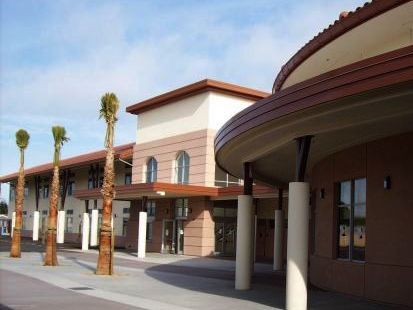
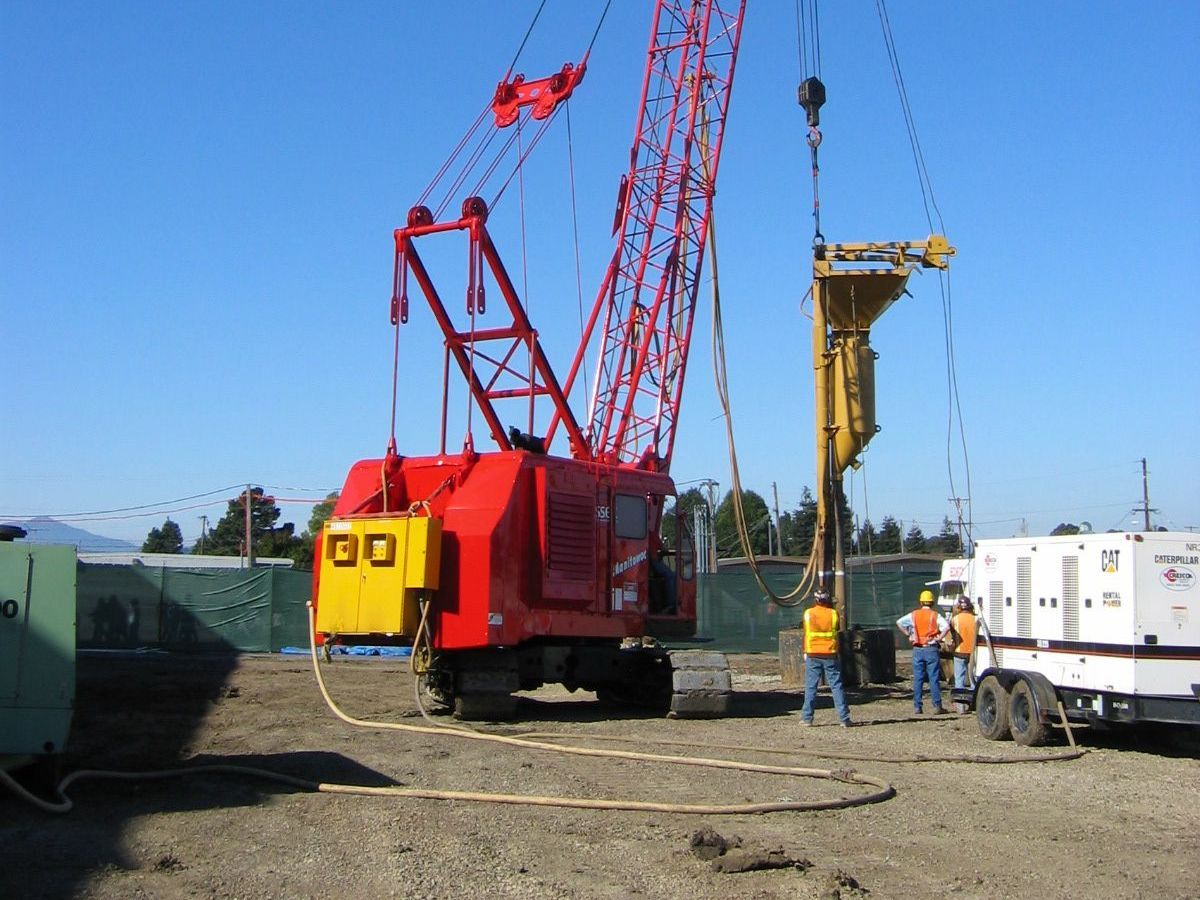
Geotechnical
and Geologic Hazards Investigation
Construction Observation and Testing Services
AKA conducted a design-level geotechnical investigation and geologic hazards study for the new Downer Elementary School campus in San Pablo. Downer is located in an alluvial plain underlain by soils that are susceptible to earthquake-induced liquefaction. Our study included drilling borings and performing cone penetration tests to evaluate geotechnical conditions, and produce a design-level geotechnical and geologic hazard evaluation report. The project included ground improvement to mitigate liquefaction settlement to within allowable limits set by the project Structural Engineer. Our report was favorably peer-reviewed with no exceptions by the California Geological Survey.
AKA developed design-build specifications for ground improvement using stone columns and provided comprehensive geotechnical engineering services during the construction of the new campus. The scope of our construction-phase services included observation/testing during stone column installation, fill placement, and foundation construction; consultation; and preparation of daily reports, summary reports, and Geotechnical Verified Reports for submittal to the DSA.
ODC Theater – San Francisco, CA
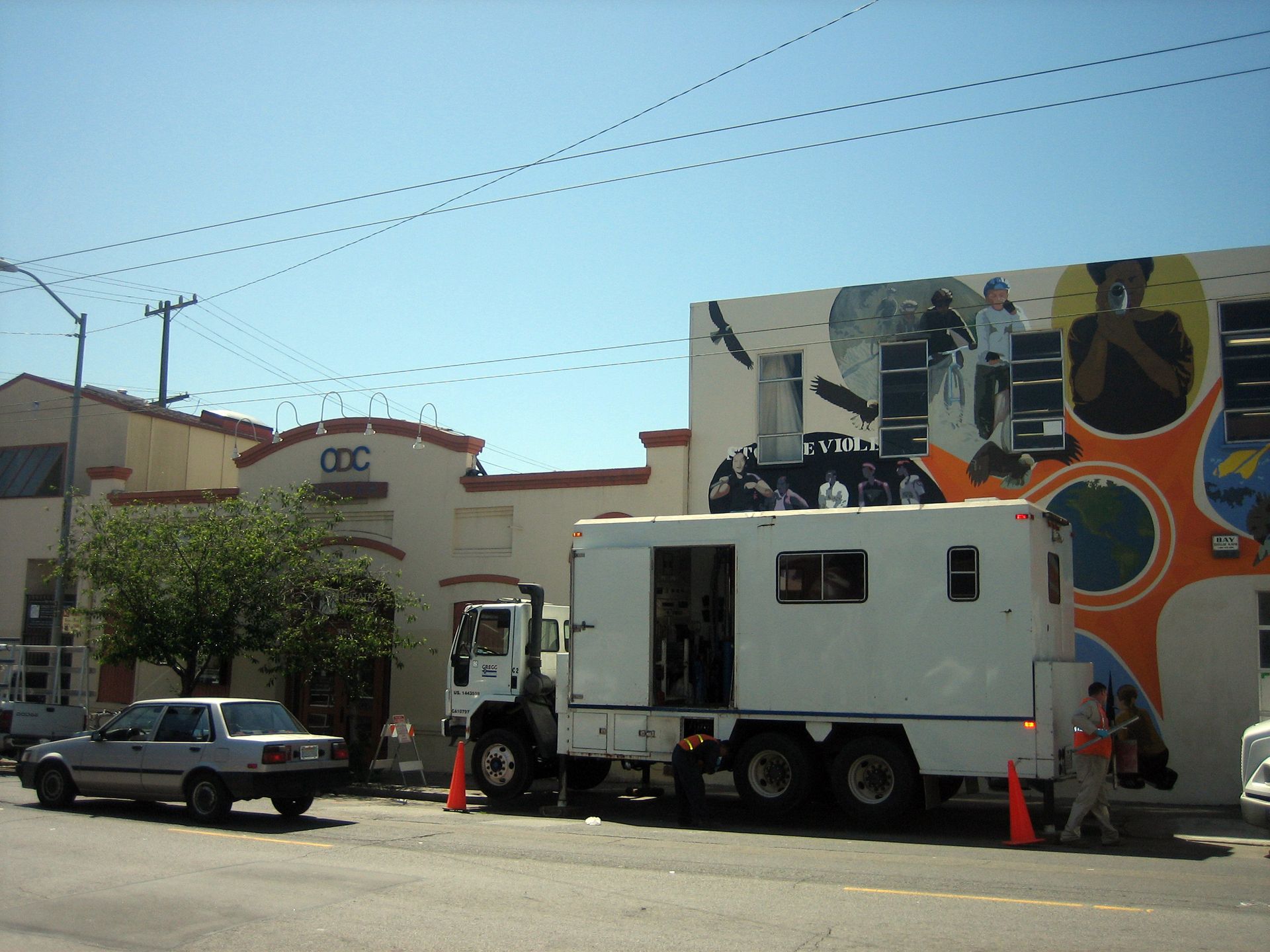
Geotechnical Investigation
AKA conducted a geotechnical investigation to seismically upgrade and renovate the existing ODC Theatre facility at 17th and Shotwell Streets in San Francisco, California. The purpose of the investigation was to conduct site-specific subsurface exploration to evaluate liquefaction and provide geotechnical recommendations for the design of the project. Because the site is within an official State Hazard Zone for liquefaction, the investigation conformed to the State Guidelines for Evaluating and Mitigating Seismic Hazards in California, Special Publication (SP) 117. The upper 28 feet of soils encountered in our investigation generally consisted of loose to medium-dense, potentially liquefiable, clean sands. We calculated that about 12.5 inches of total dynamic, compressional settlement could occur within the potentially liquefiable soil layers as a result of a large seismic event. We recommended improving the upper 35 feet of soil by compaction grouting and supporting the buildings on a concrete mat foundation.

© 2023 Alan Kropp & Associates, Inc. | Privacy Policy
